LATEST INSIGHTS
Your Present Location: LATEST INSIGHTS-
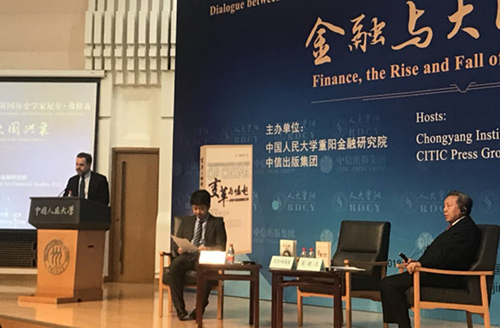
Finance plays an increasing role in `national competitiveness`
After the breakout of the 2008 financial crisis, many developing countries including BRICS nations began to emerge, pursuing a change in the international order. What is the role of finance on the global order and international community? With increasing trade frictions between the US and China, how should the top two economies of the world get along with each other?
2018-05-09 -
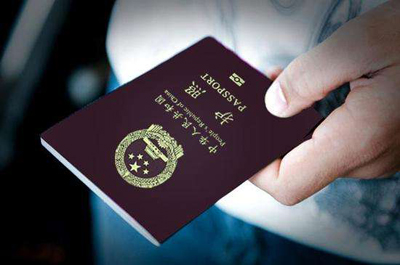
Bian Yongzu: Visa restrictions would hurt US more than China
On April 30, the New York Times reported something that could be bad news for China. It said that the White House is considering adjusting the US visa policy for Chinese citizens, with more limitations and checks to be conducted on Chinese academic researchers and employees of high-tech companies.
2018-05-09 -

Liu Zhiqin: Vigilance needed as US shows true face of its capitalism
There were two meetings that took place in Beijing on May 4, 2018. One was a meeting to celebrate the 200th anniversary of the birthday of Karl Marx. The other was a smaller meeting held by a delegation of high-ranking US trade officials with their Chinese counterparts.
2018-05-09 -
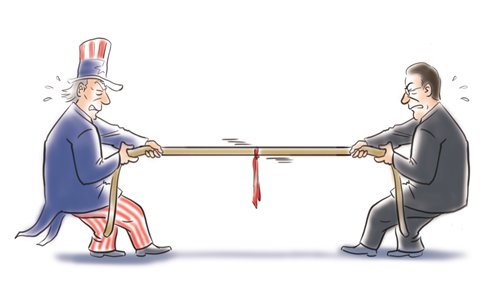
Zhao Minghao: Resolving China-US trade row a hard fight
The latest round of trade talks between China and the US has come to an end. Although the two countries didn`t sign any agreements, they exchanged ideas on issues including expanding US exports to China, bilateral services trade, two-way investment and protecting intellectual property. The two countries agreed to stay in close communication on relevant issues and establish a corresponding work mechanism.
2018-05-08 -
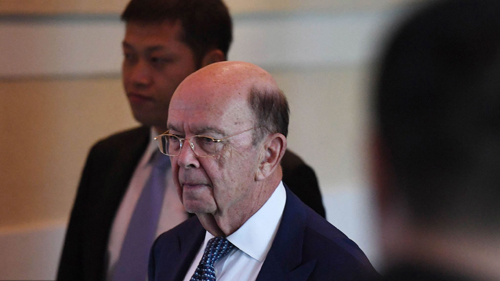
US-China trade dispute: Where there is no vision, the people perish
The recent trade dispute between China and the United States and the threat of the US sanctions on Chinese goods has fueled speculation of a trade war between the two most important economic powers in the world. While most experts are in agreement that such a trade war would be absolutely devastating for both countries, with no up-sides whatsoever, if a solution is not forthcoming at the present round of meetings between the two delegations in Beijing, the danger of such a trade war could be imm
2018-05-07 -

US Will Fail to Undermine China-South America Free Trade Deal
Financial experts discussed with Sputnik remarks by Argentine Ambassador to China Diego Ramiro Guelar, who said recently that talks about a possible free-trade deal between China and South America’s major economies could start as early as next year.
2018-05-04 -
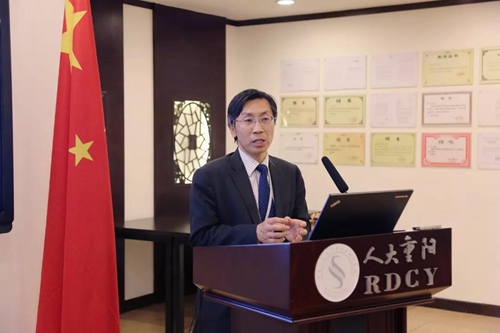
Kuang Weida: Financial risks on China’s real estate market can not be ignored
On the evening of April 25, RDCY Seminar Series No.111 was held in Chongyang Institute for Financial Studies at Renmin University of China (RDCY). Kuang Weida, a professor at the School of Business at Renmin University of China was invited to give a lecture on the financial risks on China’s real estate market.
2018-05-04 -
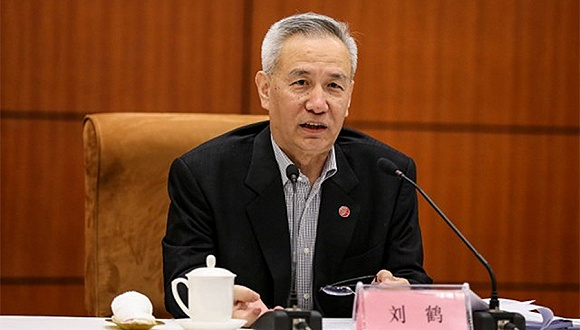
Trade talks would be constructive if US shows sincerity
High-level trade negotiations between China and the US should be on an equal footing, and the US delegation must be sincere, and not use a "carrot-and-stick" approach, if the two sides are to reach any agreement, analysts said.
2018-05-04 -

Liu Zhiqin: China must persuade US to abandon unfair 301 probe at talks
The trade delegation sent by the US government is set to arrive in Beijing on Thursday. Judging from the high-level organizational lineup, the US government is attaching tremendous importance to economic relations with China.
2018-05-03 -
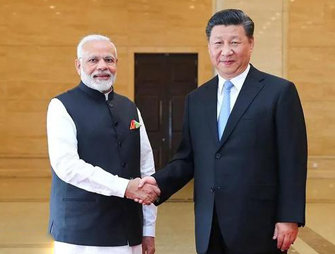
Liu Zongyi: China, India must strive for harmony
Chinese President Xi Jinping held an informal meeting with Indian Prime Minister Narendra Modi on Friday and Saturday in Wuhan, capital of Central China`s Hubei Province. This is the most inspiring diplomatic endeavor made by the two countries to mend ties since last year`s Doklam standoff. The meeting will exert enormous influence on Asia and the world.
2018-05-03 -

Ding Gang: Yasukuni Shrine film still relevant 10 years on
During the trip to Japan last week, I attended a meeting in an office of Japan`s Niconico, a Japanese video sharing service on the web. One of the topics of the meeting was related to the first documentary on this subject since the end of World War II.
2018-05-03 -
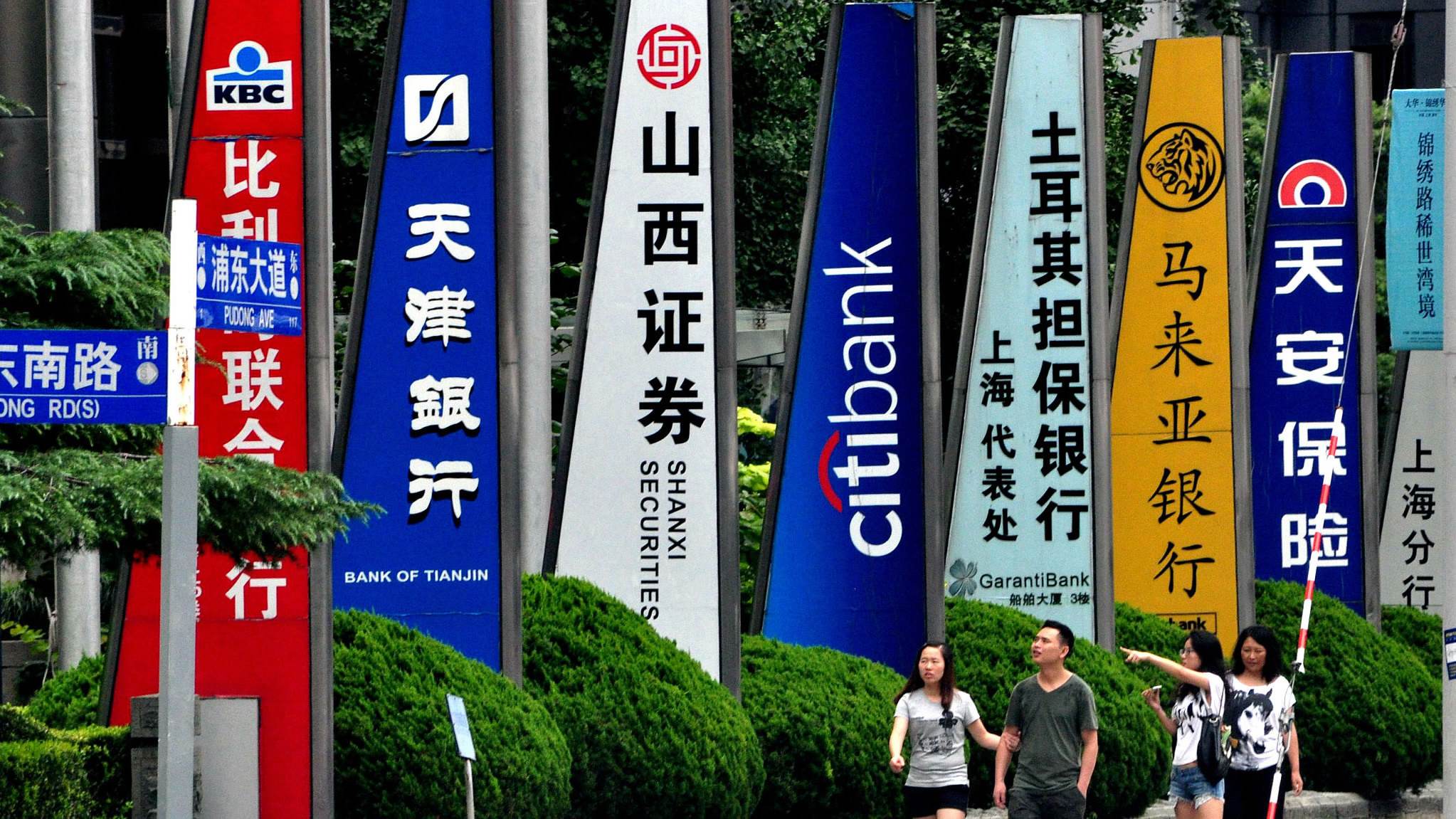
Liu Zhiqin: New measures, new opportunities
President Xi Jinping has announced in his keynote speech in Boao Forum for Asia that China would further open up its market, particularly in the banking and insurance sector.
2018-05-02 -

Firms to see costs drop as real economy gets inclusive finance spur
By the end of the third quarter this year, financing costs for microbusinesses will be substantially reduced as the State Council, China`s Cabinet, promotes inclusive finance to advance the real economy and poverty relief.
2018-05-02 -
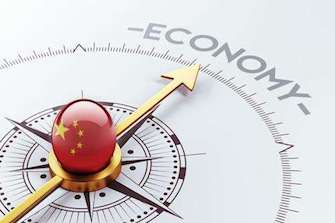
Will Beijing Manage to Survive the US-Chinese Trade War?
China`s efforts to regulate the economy are aimed at eliminating structural imbalances and sore points inherent in the Chinese economy.
2018-04-28 -
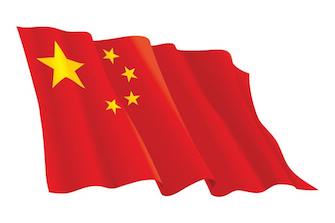
John Ross: China’s record in poverty reduction unparalleled in human history
Since China started the reform and opening-up drive nearly 4 decades ago, over 700 million Chinese have shaken off poverty, accounting for over 70 percent of global poverty reduction in the period.
2018-04-28 -

Jean-Guy Carrier: China’s rise a `win-win` for the world
The age of power and the big stick wielded by “the strong” are pitted today against the concept of win-win, which in the words of Laozi “benefits all things and does not compete with them”. More than ever, a dialogue with all nations will enable confrontations to be peacefully solved.
2018-04-27 -
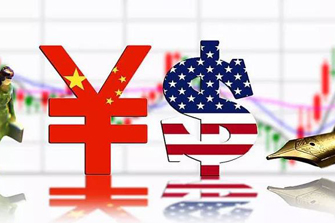
China welcomes US visit to repair trade ties
The forthcoming visit of top US economic advisers to China represents a good attempt on the part of the Trump administration to bring China-US trade relations back on track.
2018-04-26 -
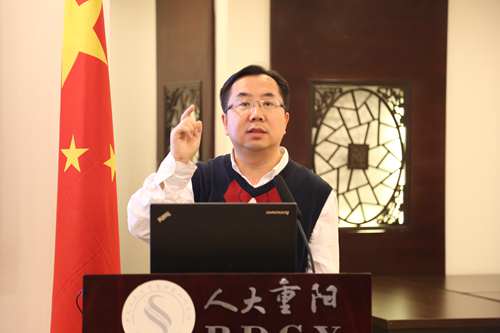
Zheng Zhigang: How to reform listing system to attract unicorn companies back?
On the evening of April 17, RDCY Seminar Series No.110 was held in Chongyang Institute for Financial Studies at Renmin University of China (RDCY). Zheng Zhigang, a professor at the School of Finance at Renmin University of China and senior fellow of RDCY was invited to give a lecture on the global capital market competition and the reform of China`s listing system, analyzing the measures to attract unicorn companies return.
2018-04-26 -
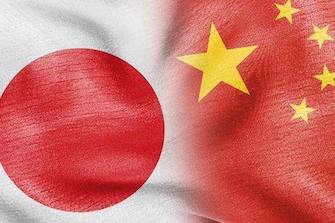
Ding Gang: How China, Japan can cooperate on B&R
The Belt and Road initiative was heatedly discussed at the ongoing China-Japan high-level think tank-media dialogues, reminding me of the European Coal and Steel Community, an organization set up in 1951 by six European countries to regulate their industrial production under a centralized authority.
2018-04-26 -
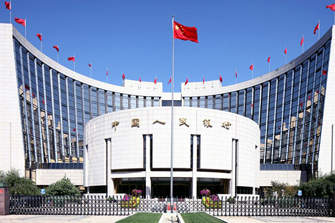
Further opening of China’s financial sector brings new opportunities to the world
“Opening-up is key to China’s economic growth over the past 40 years, and high-quality development of China’s economy in the future can only be achieved with greater openness”, said Chinese President Xi Jinping at the recent Boao Forum for Asia (BFA) Annual Conference 2018.
2018-04-25

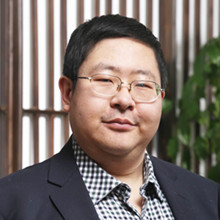
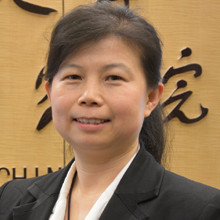

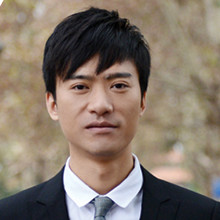

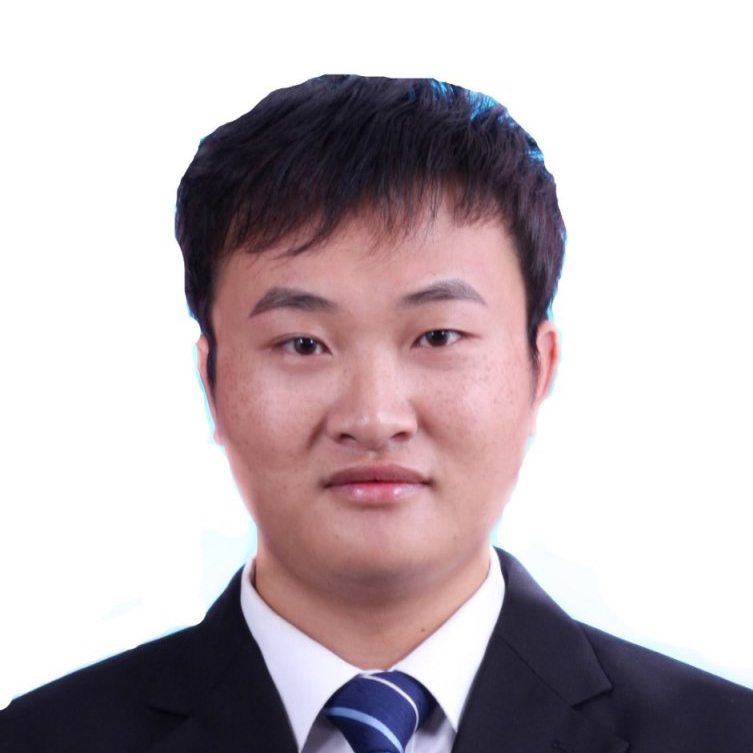
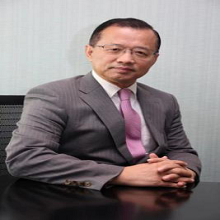

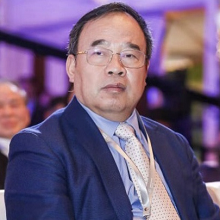
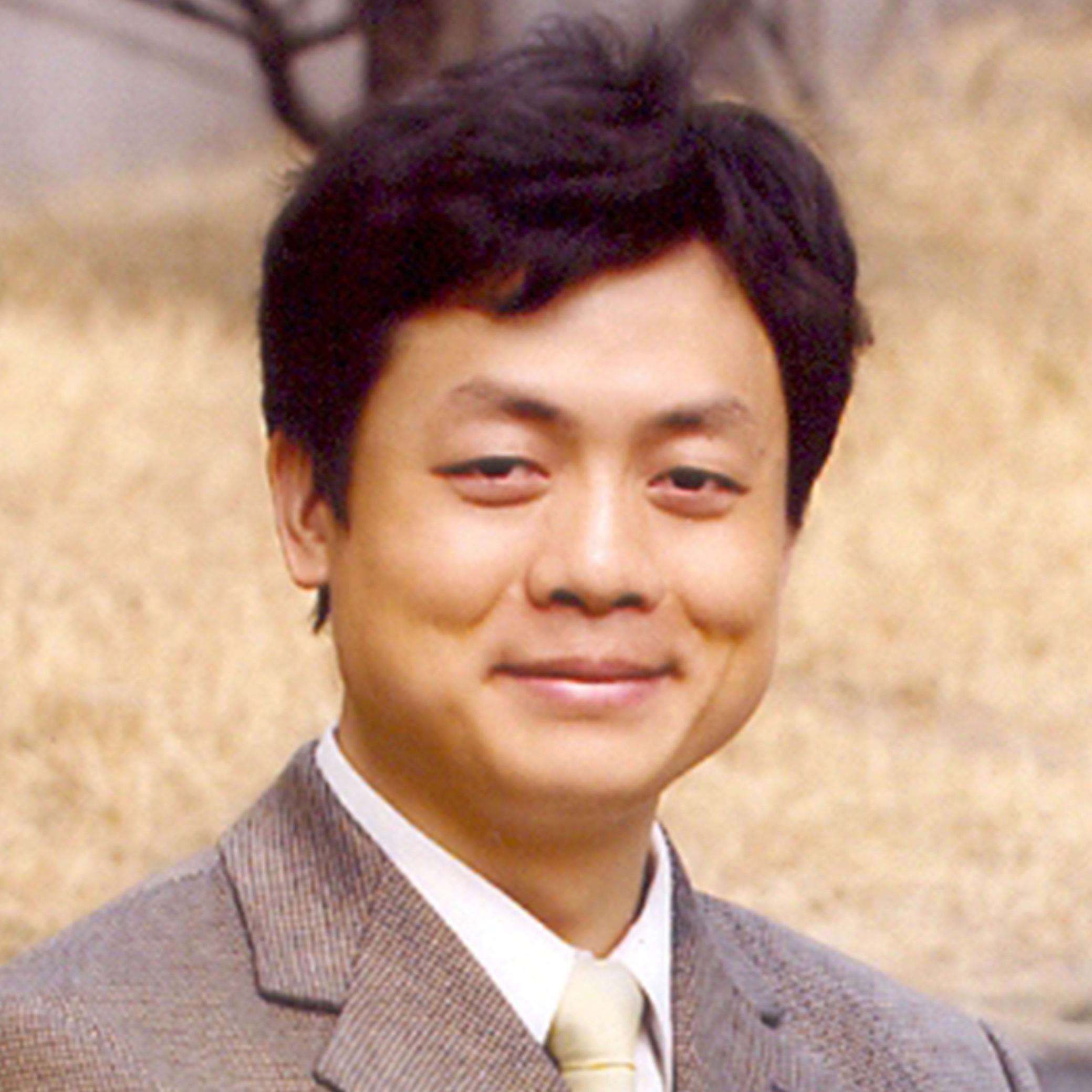
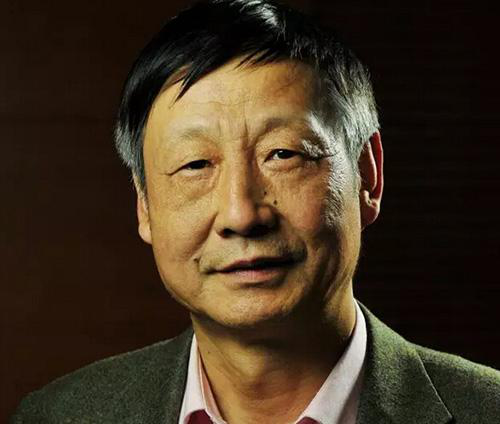

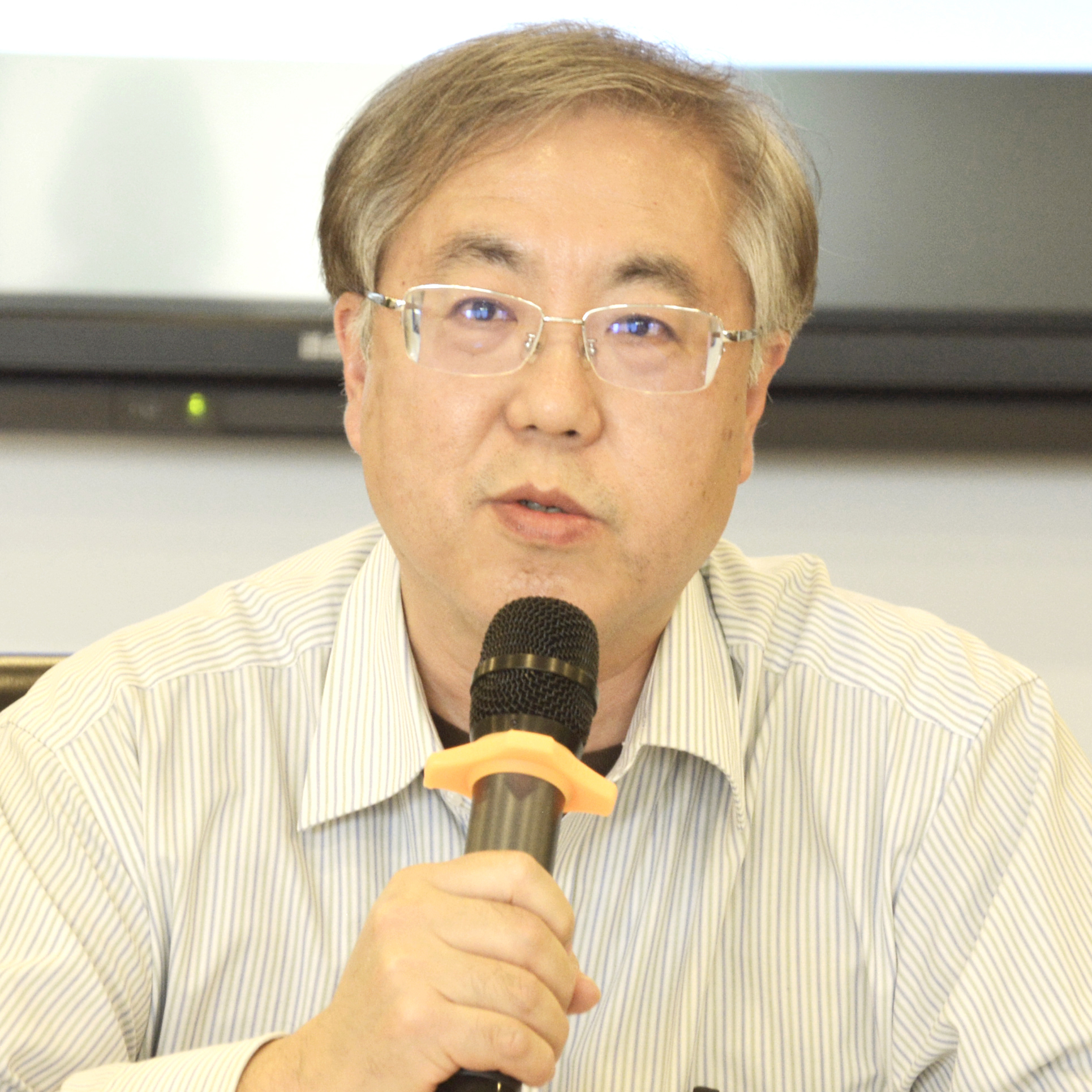

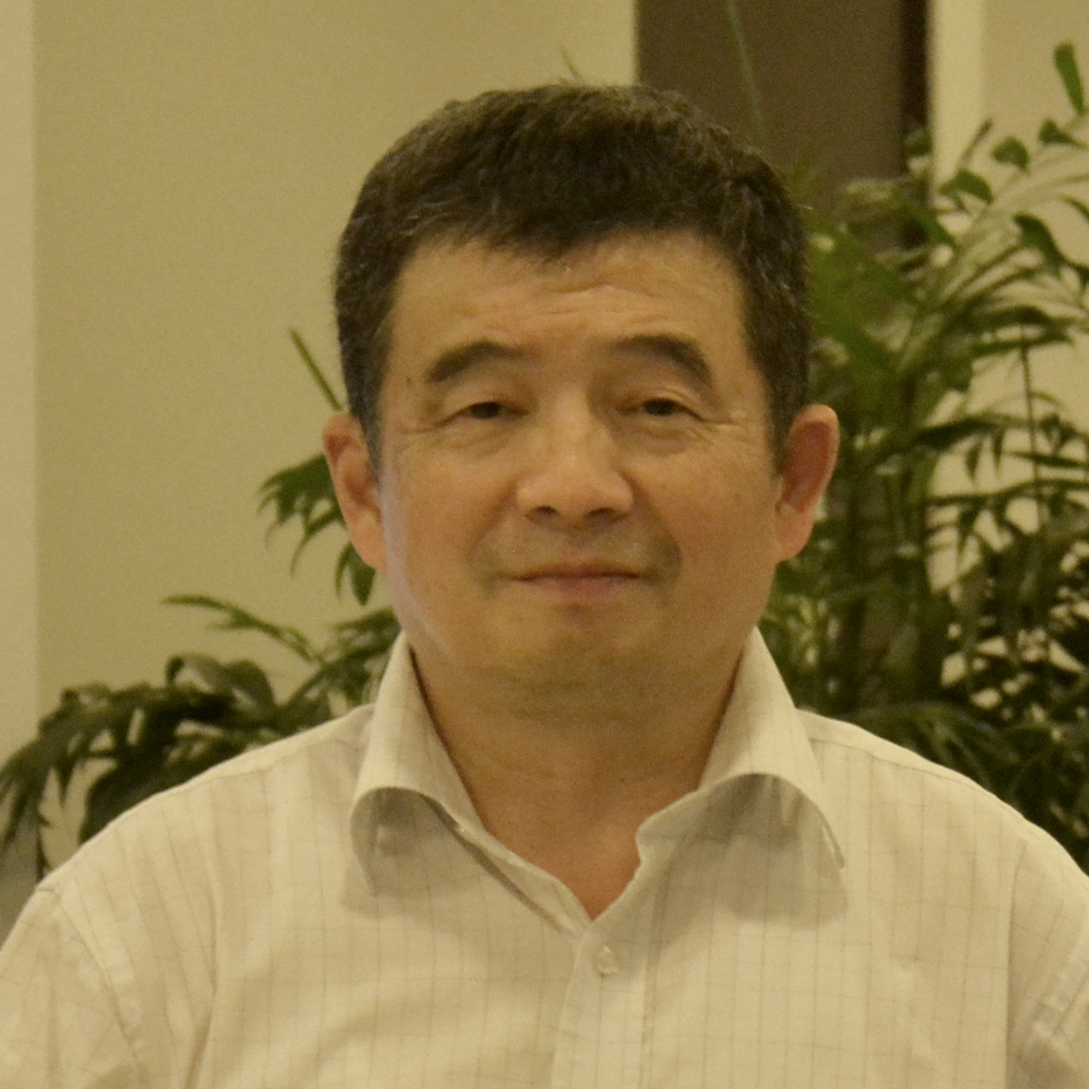
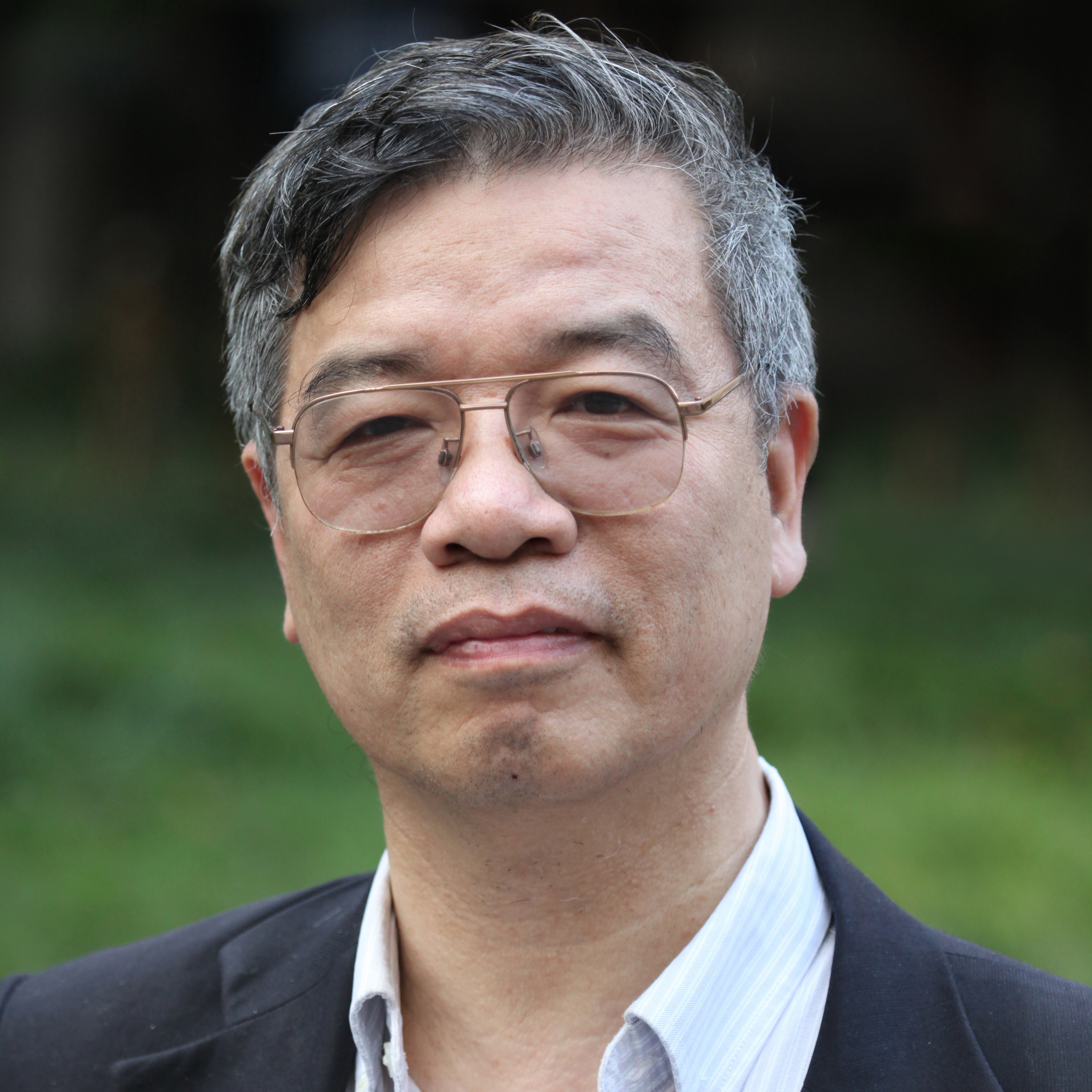
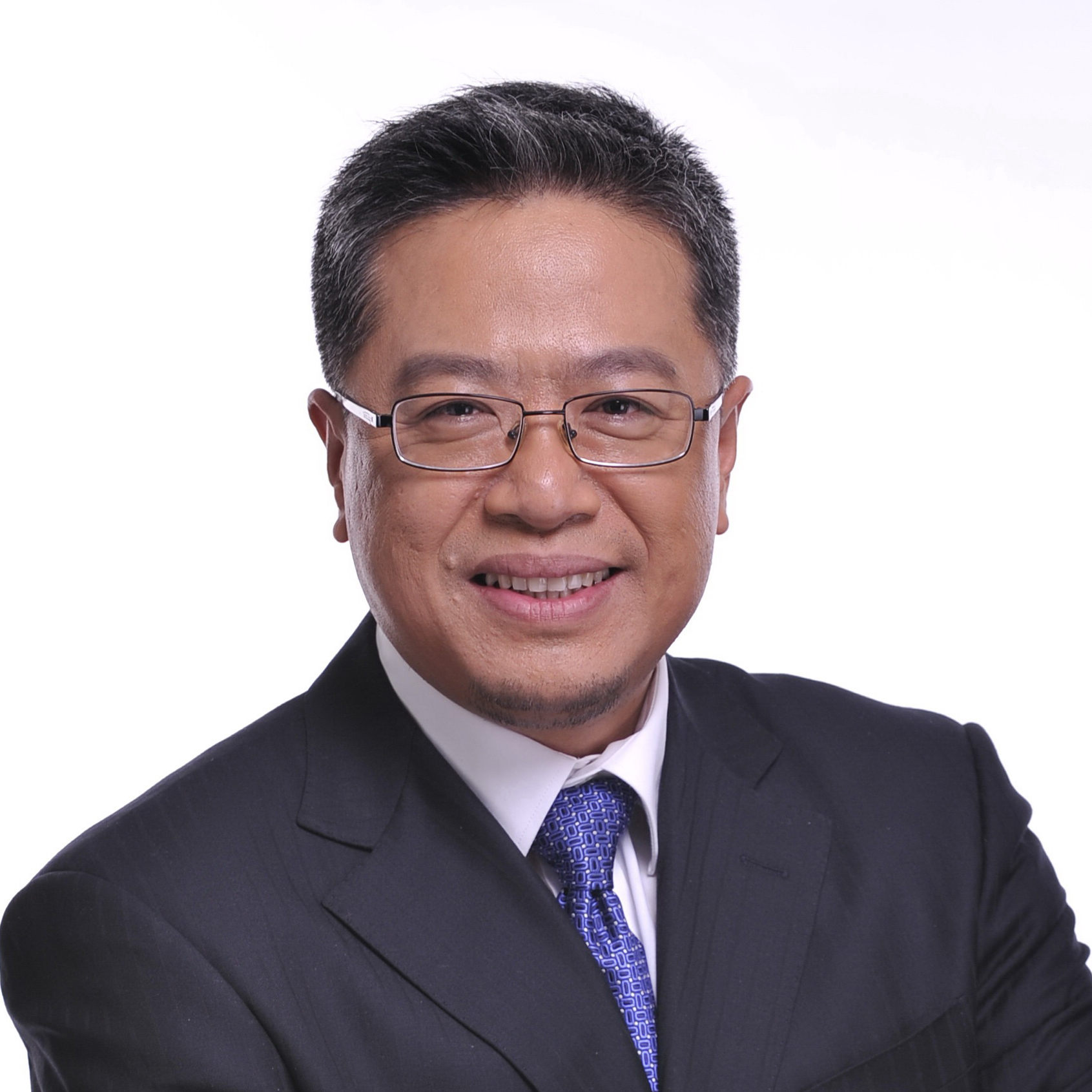
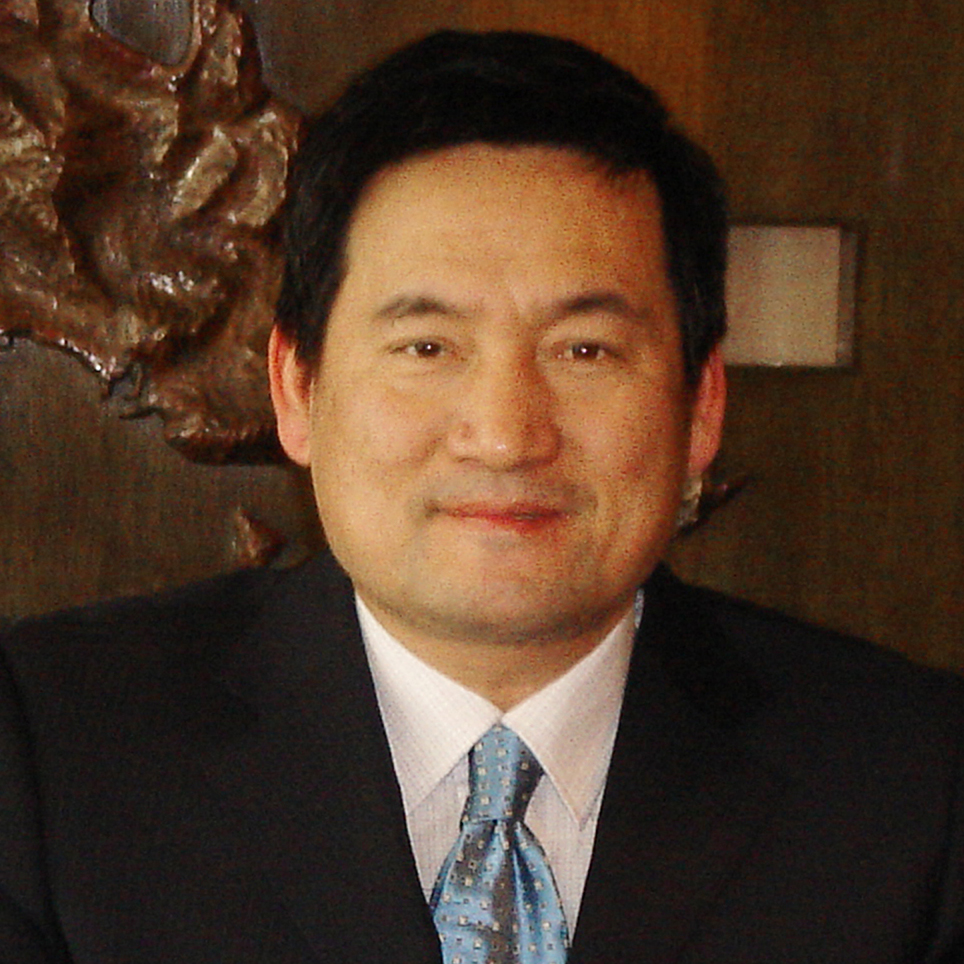


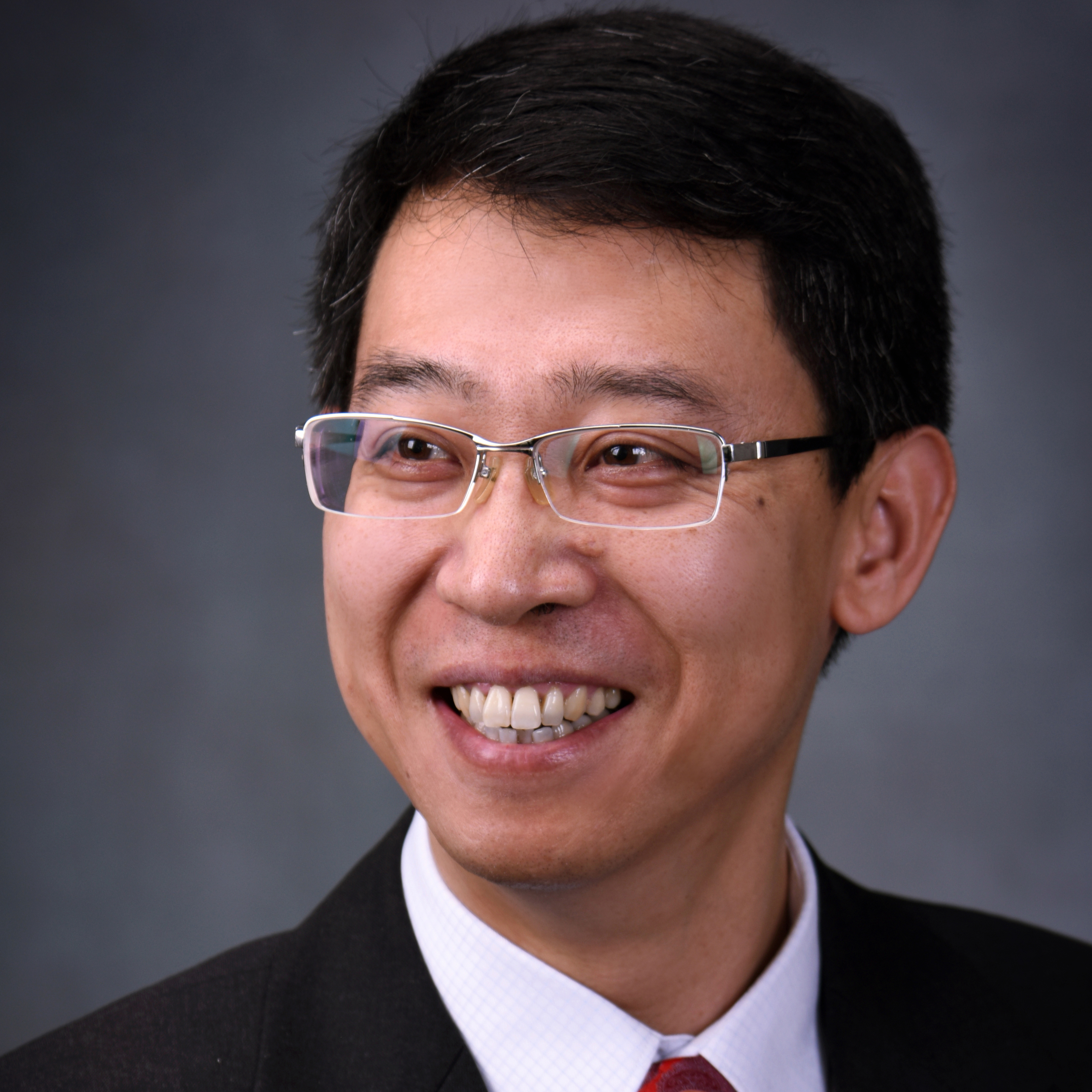



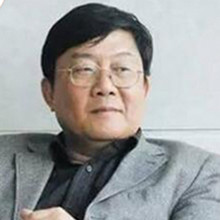



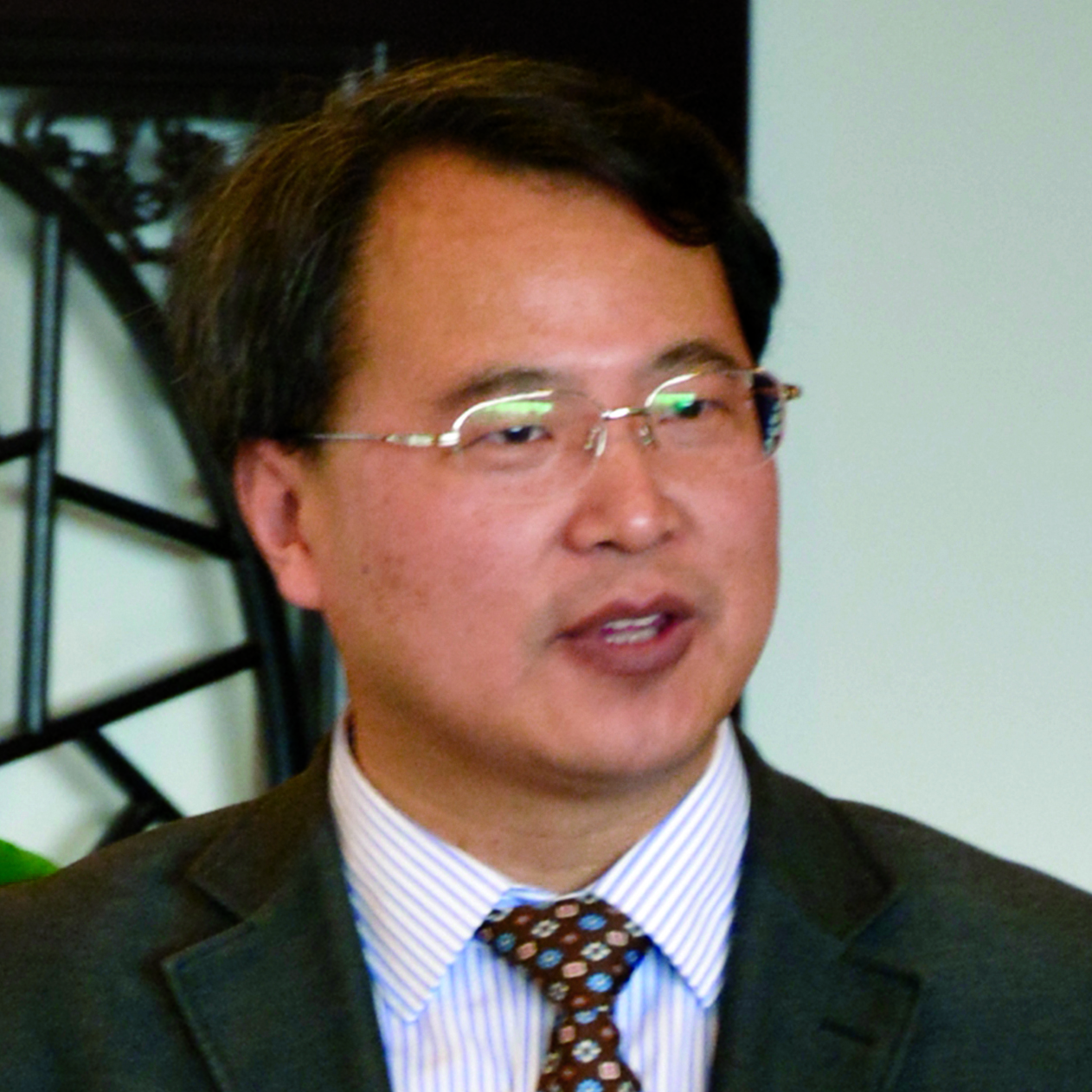
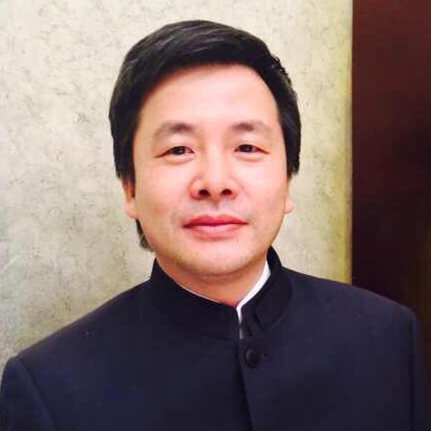
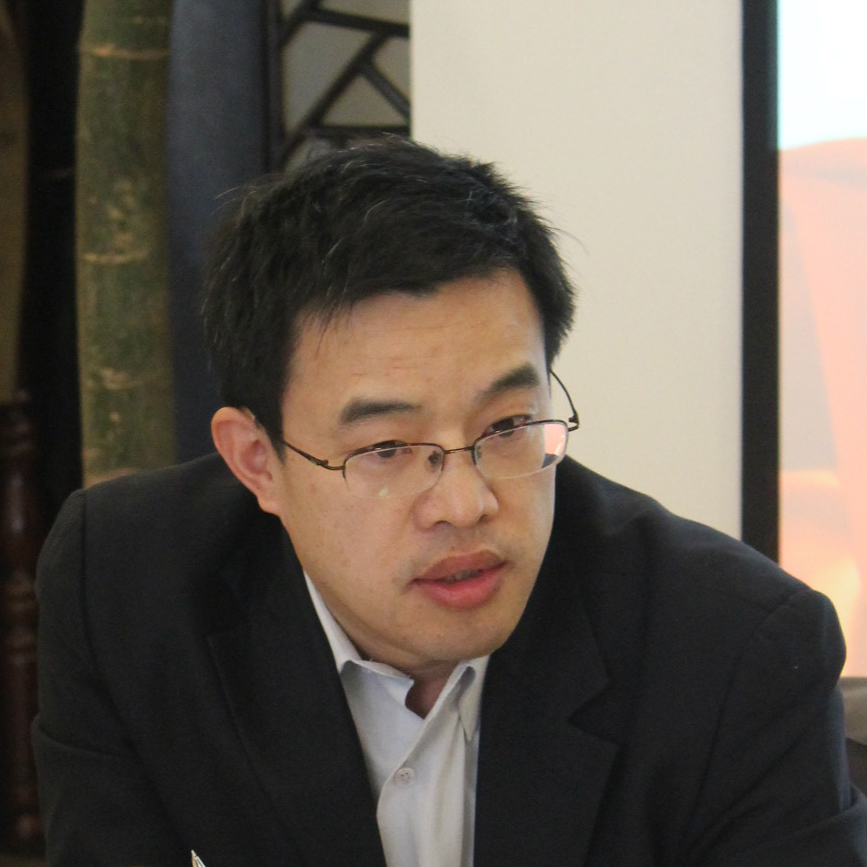
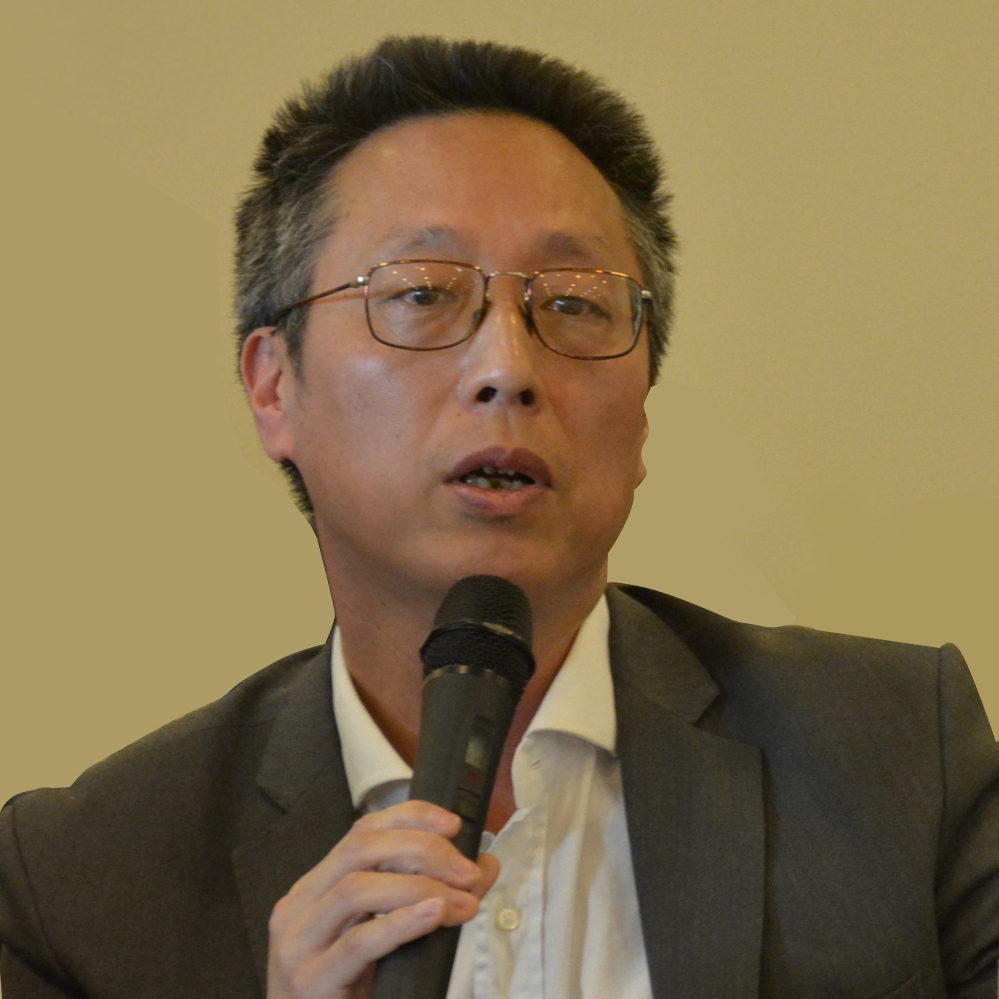

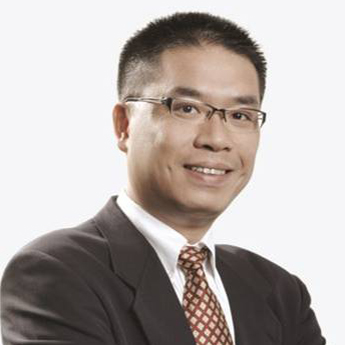
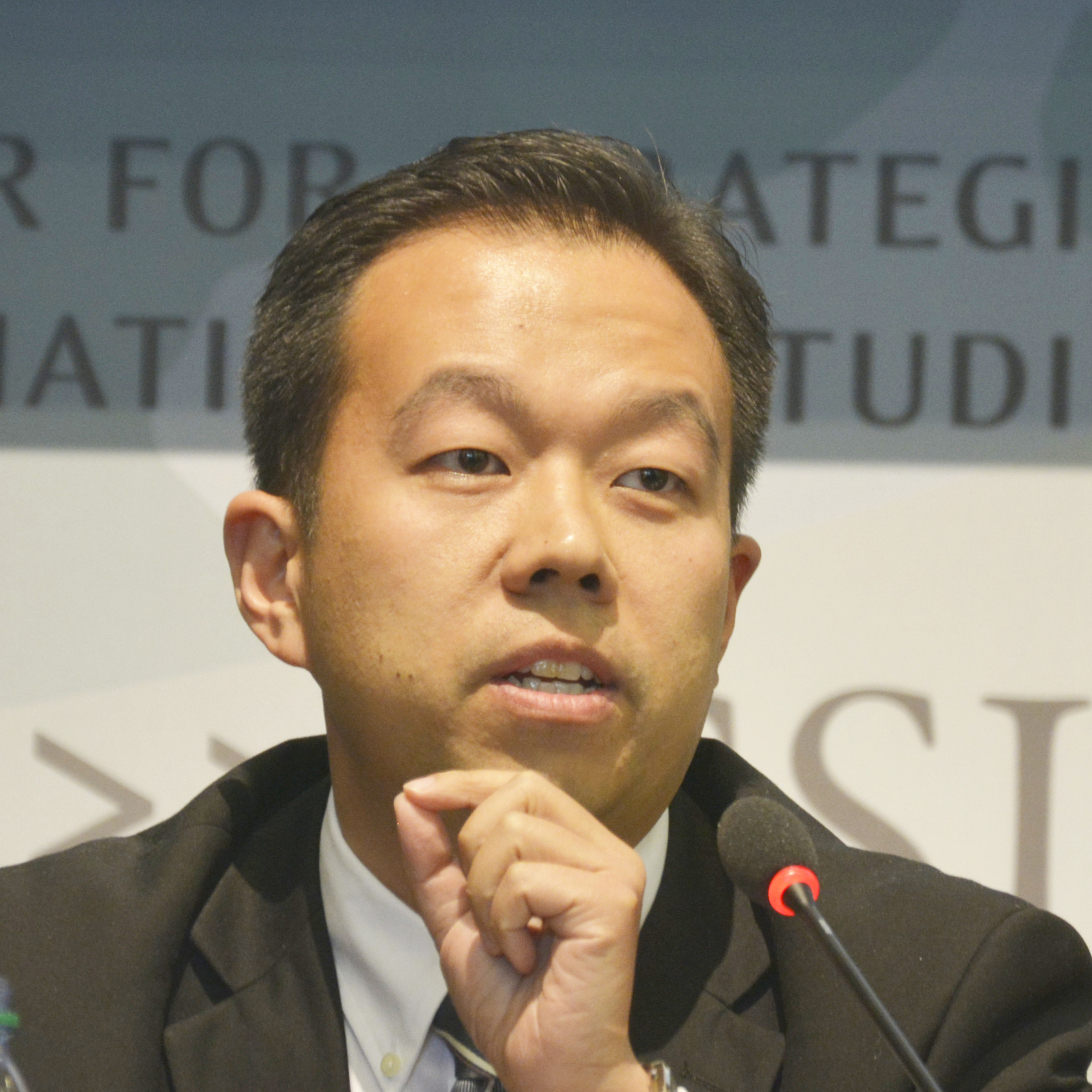
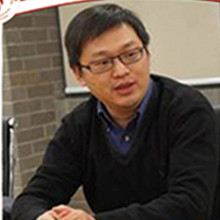
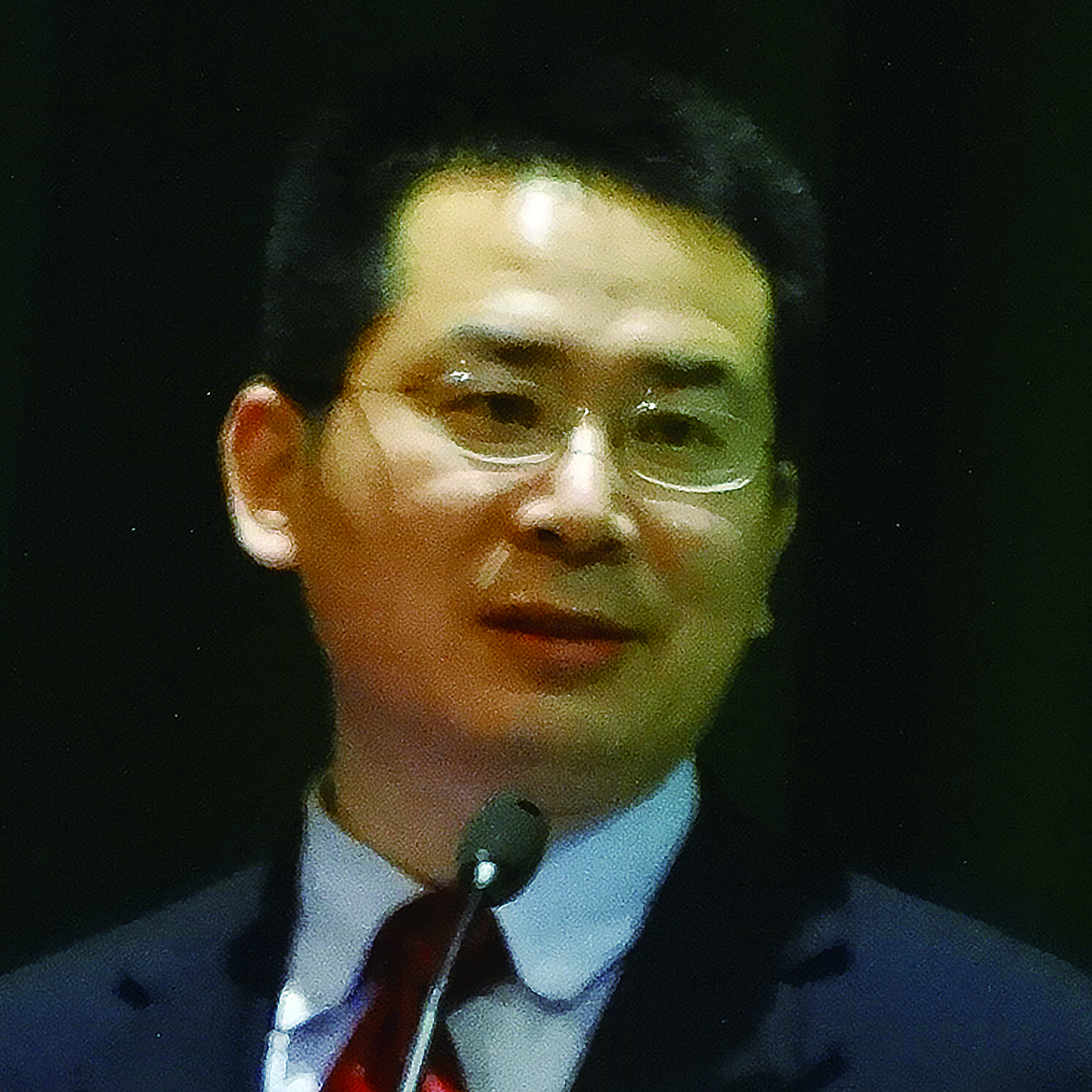
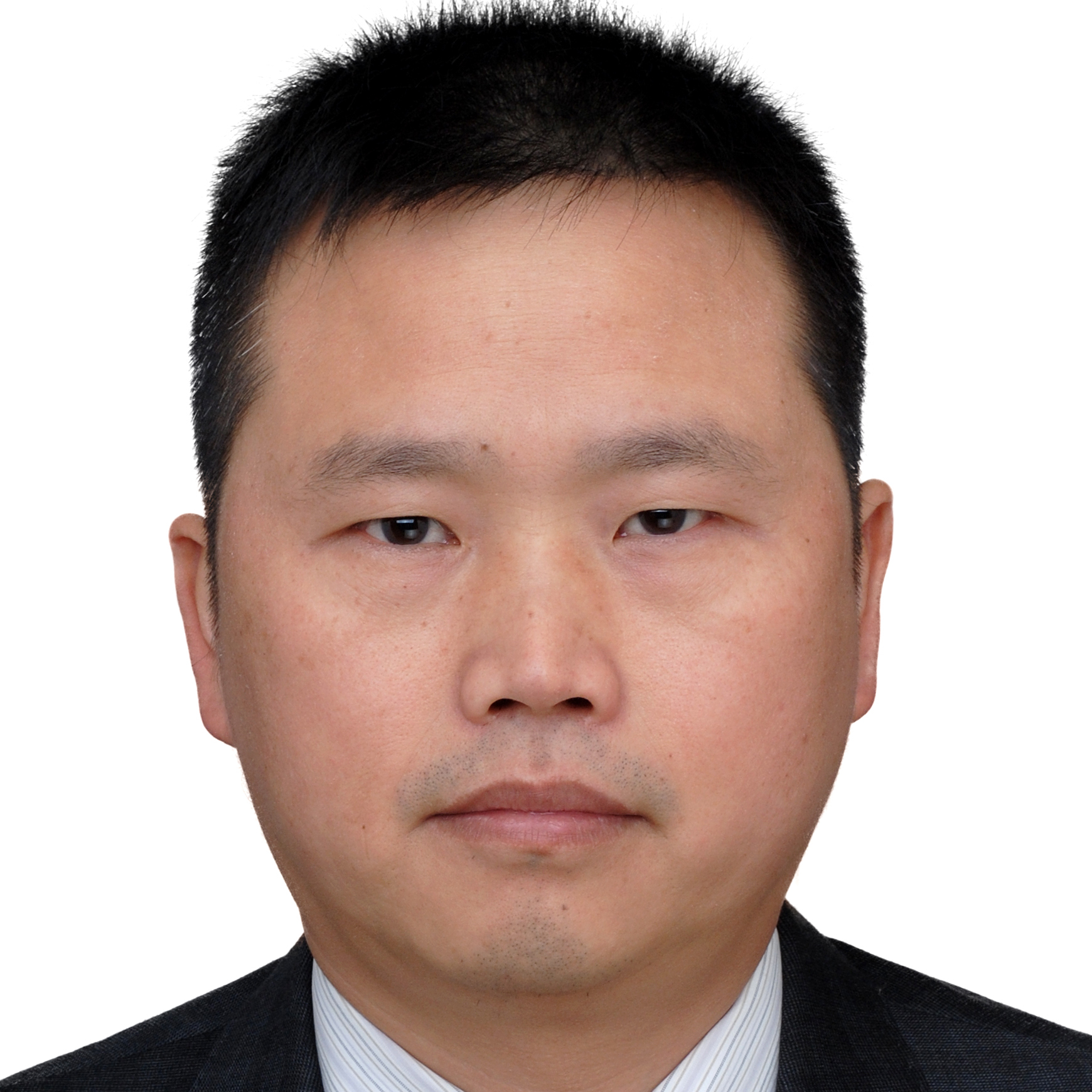
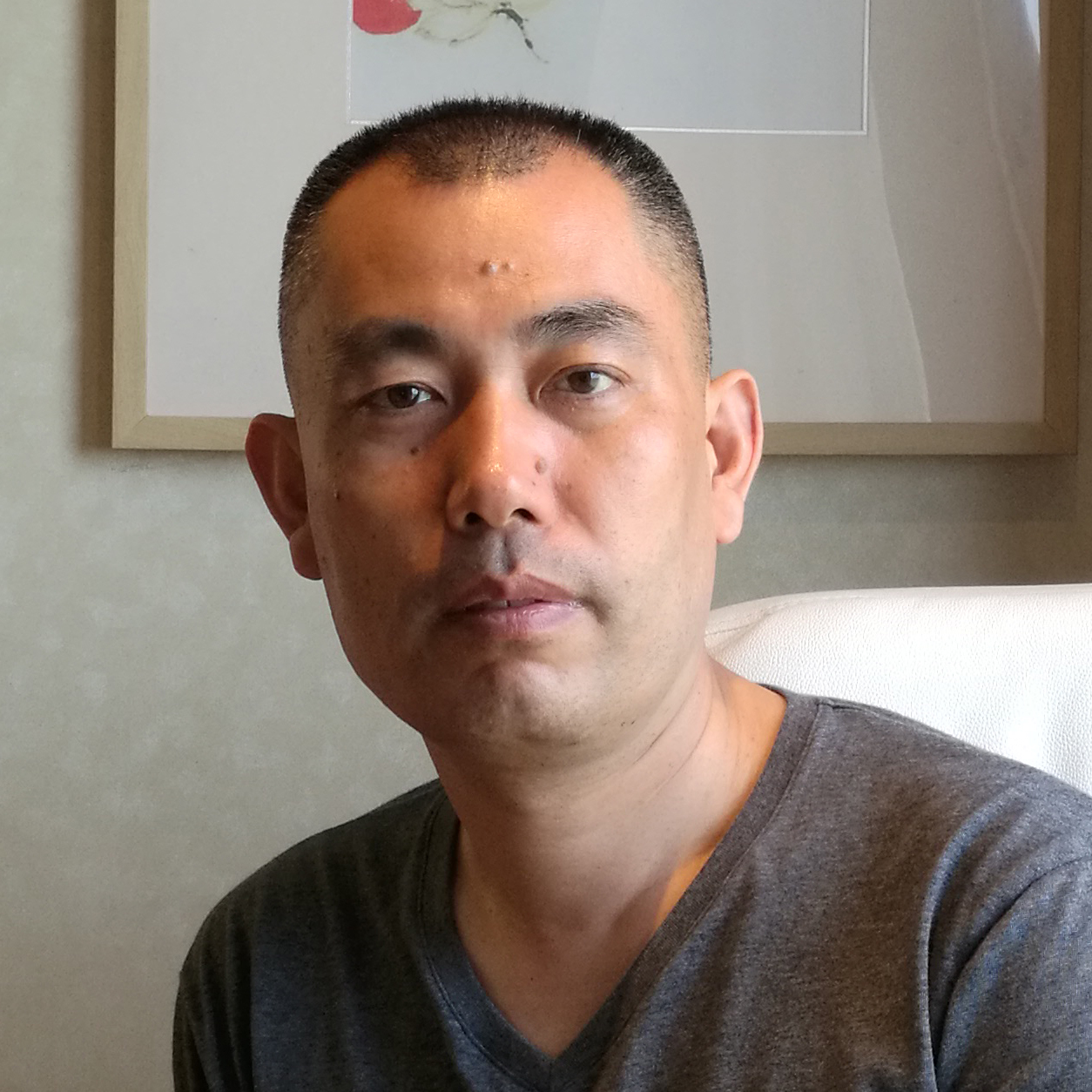
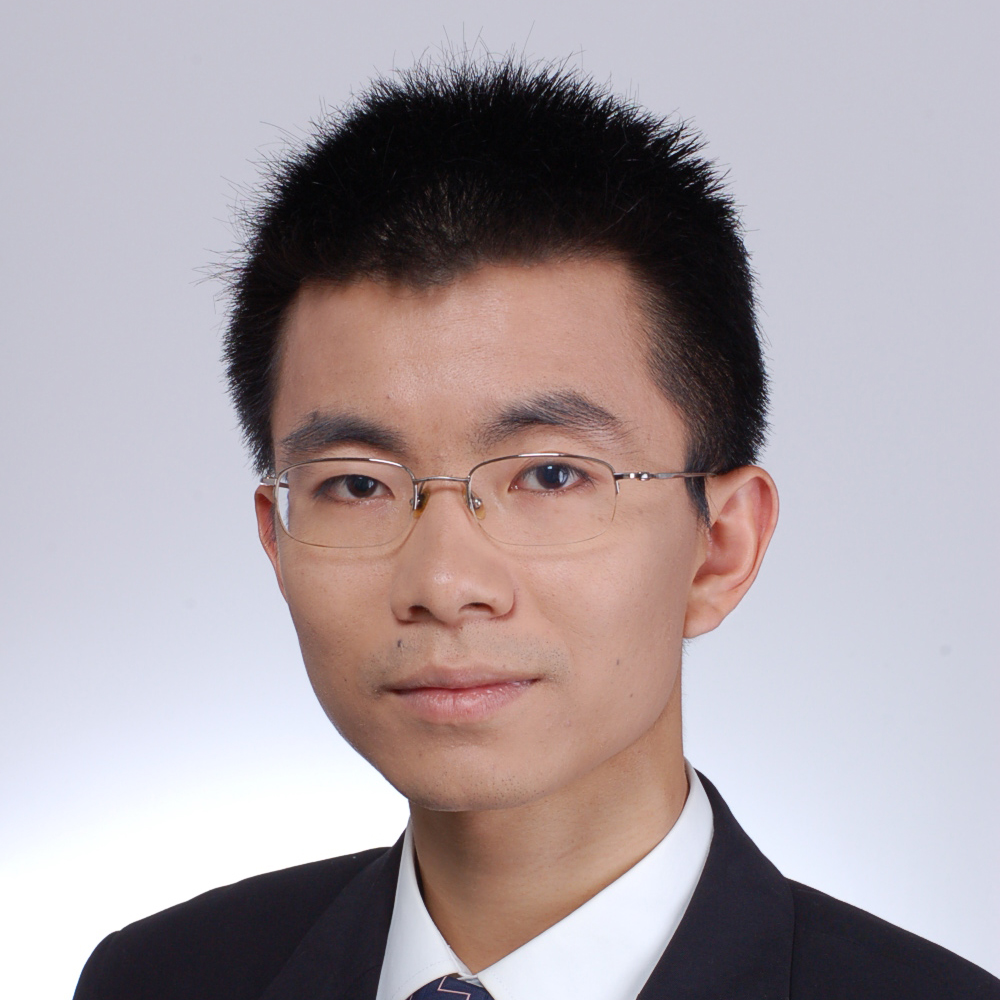
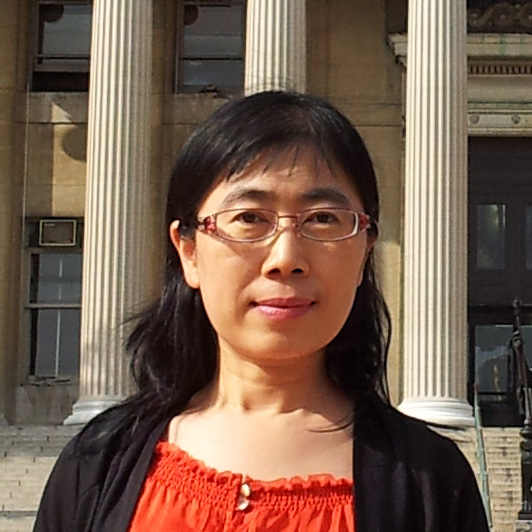


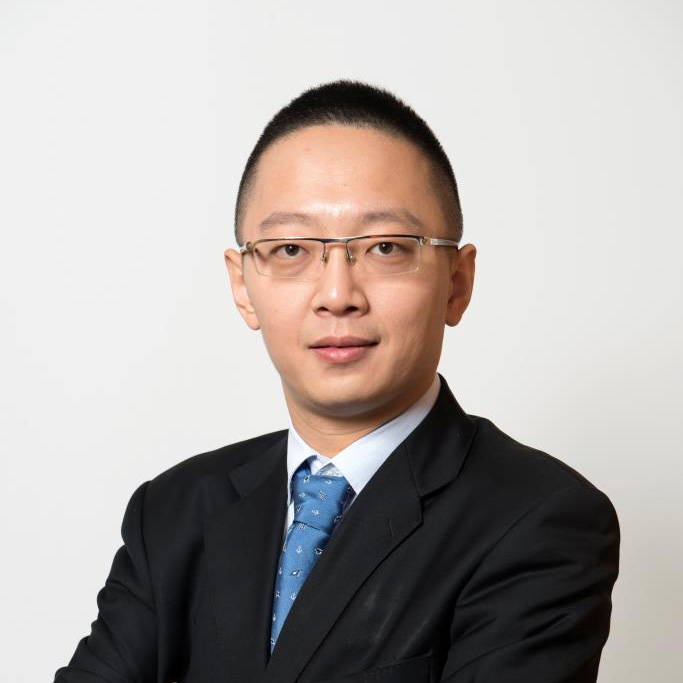
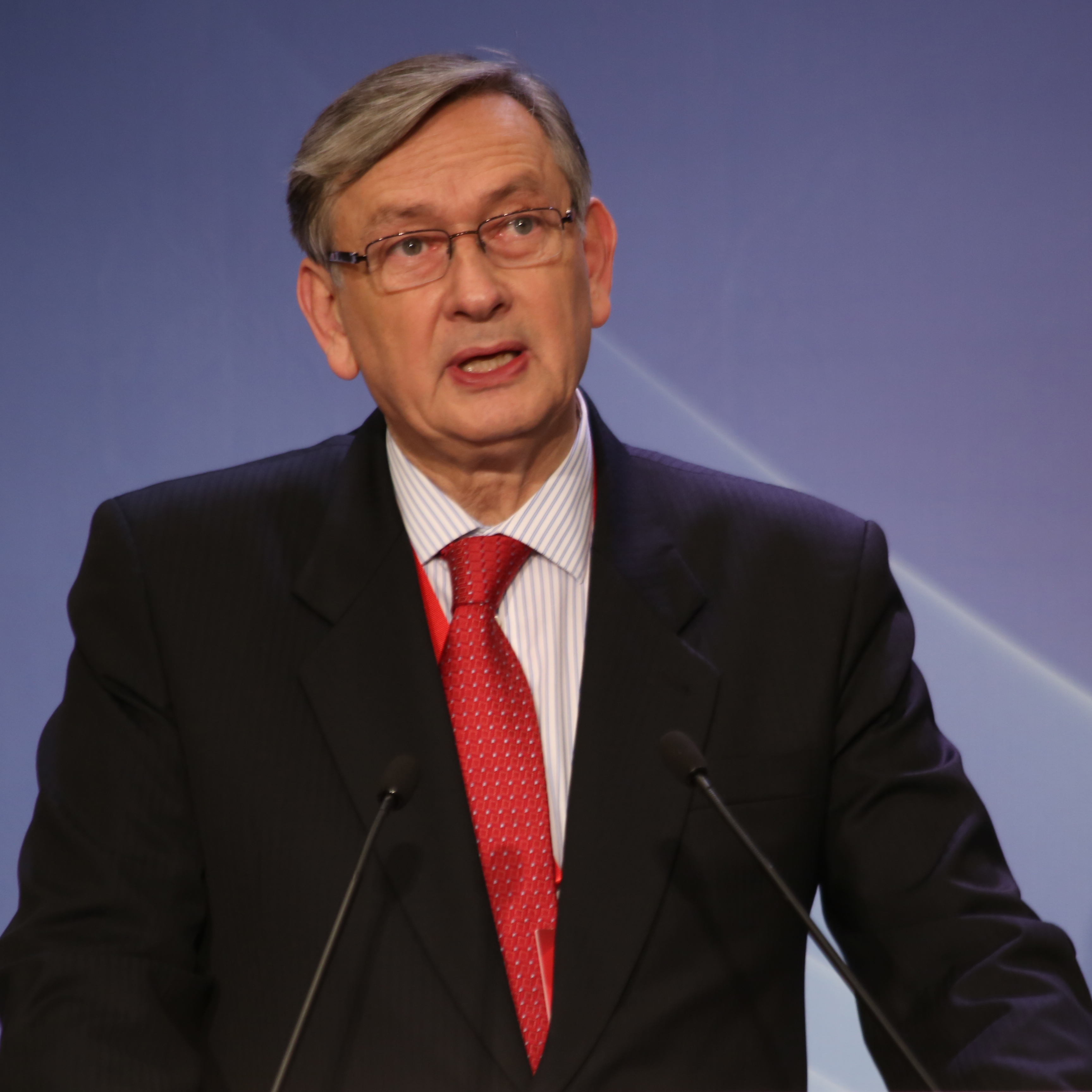

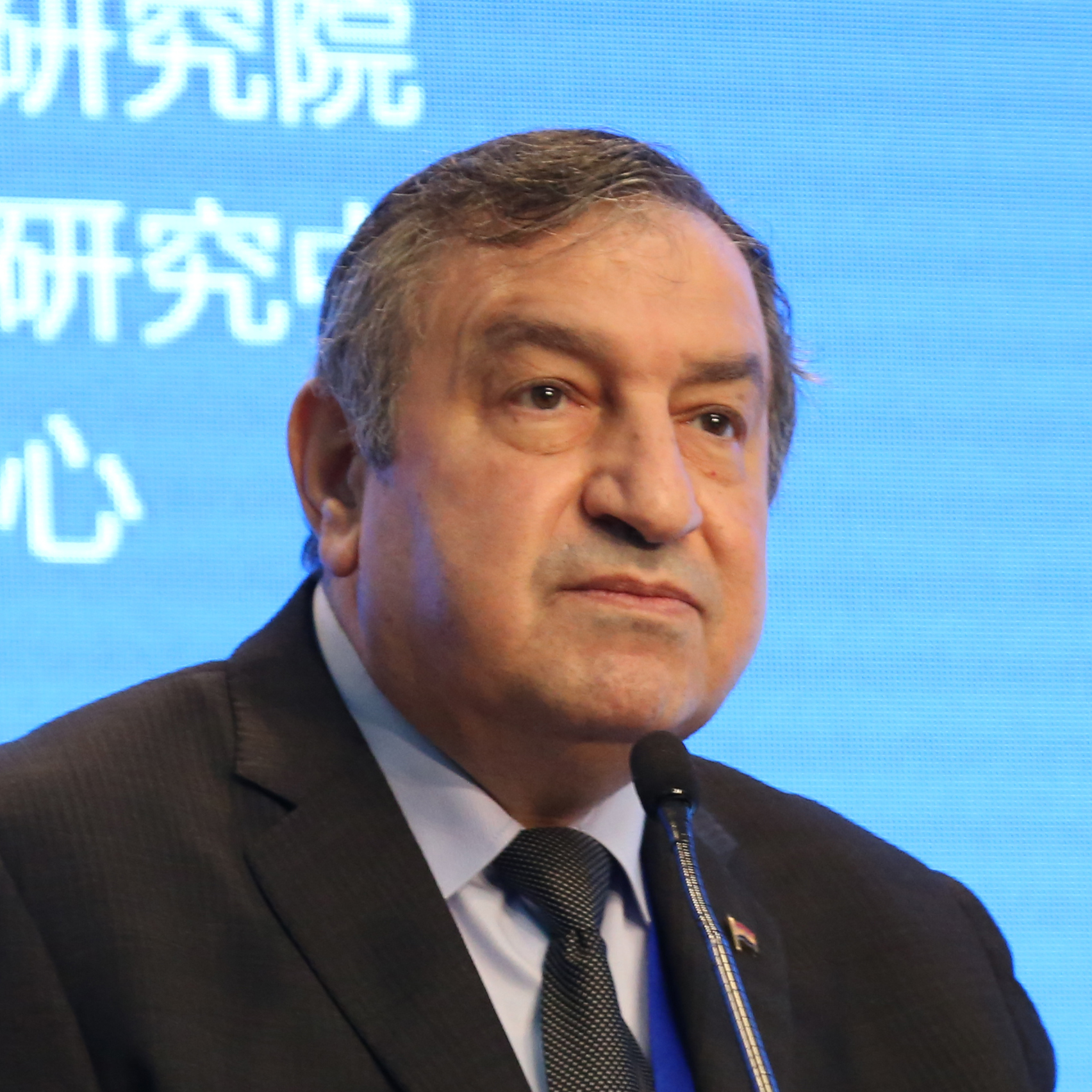

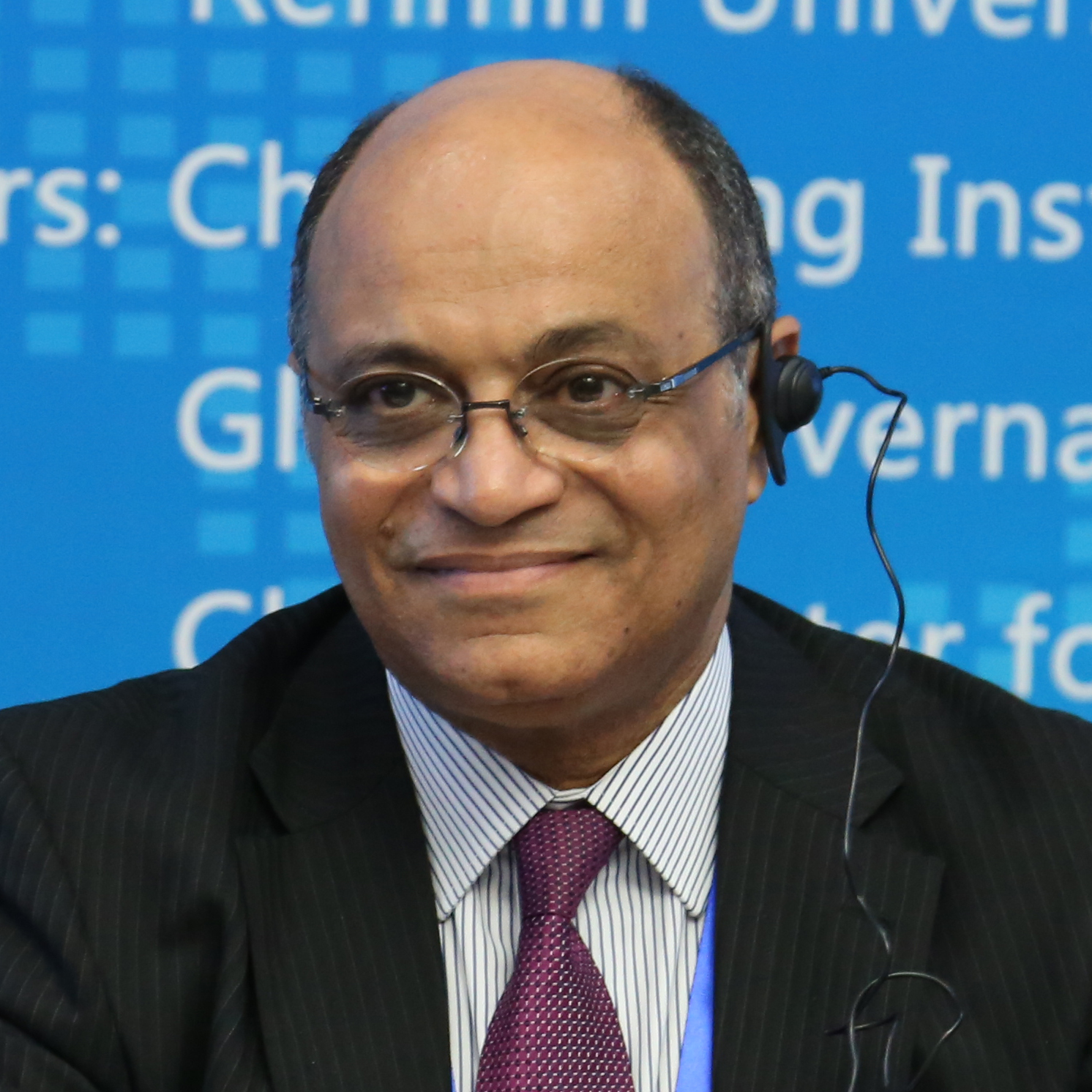











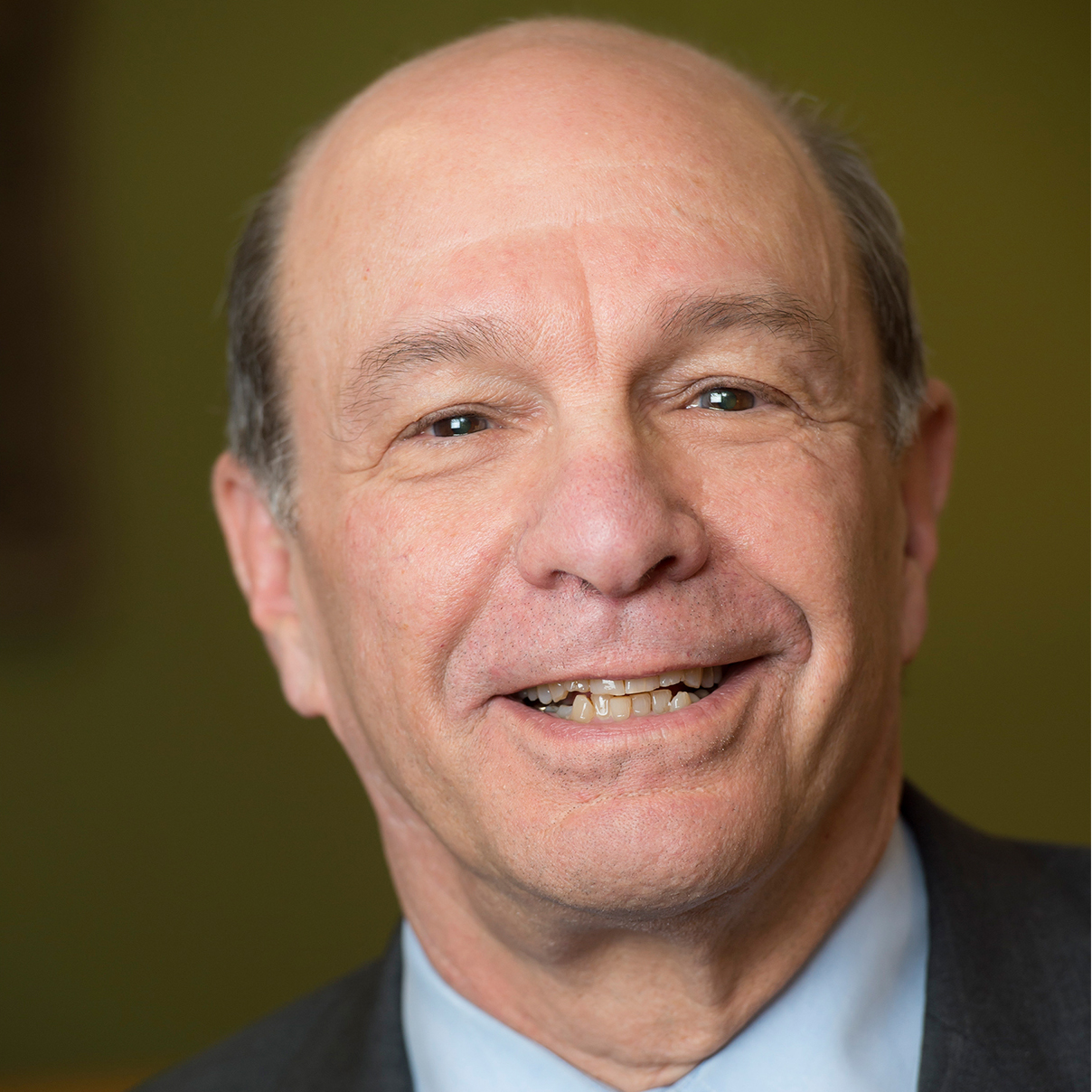

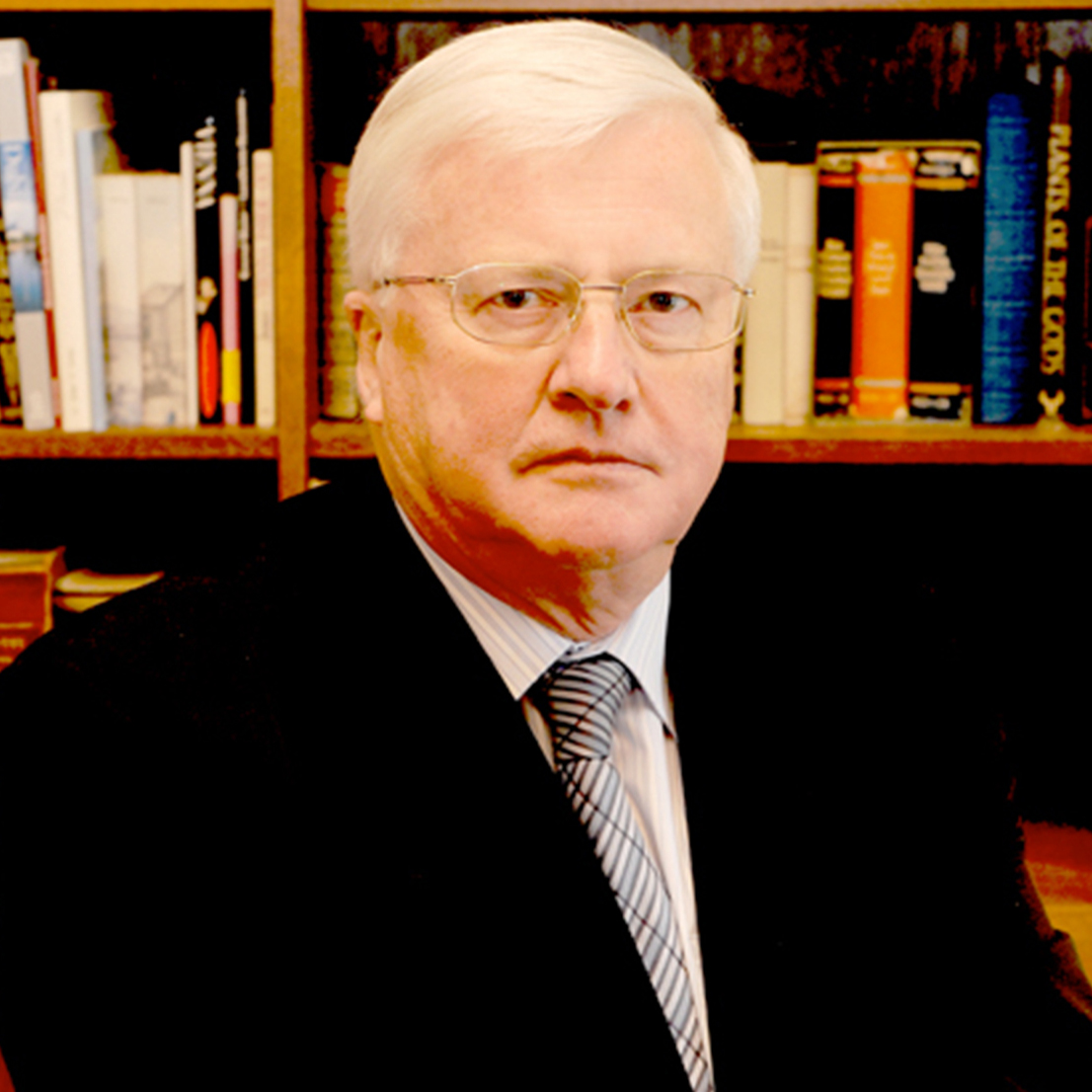
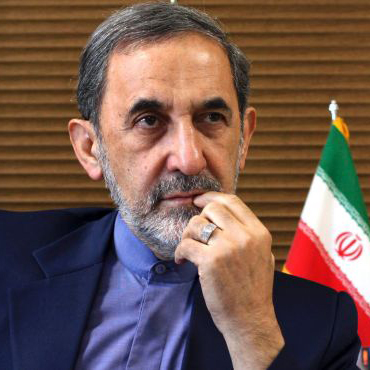

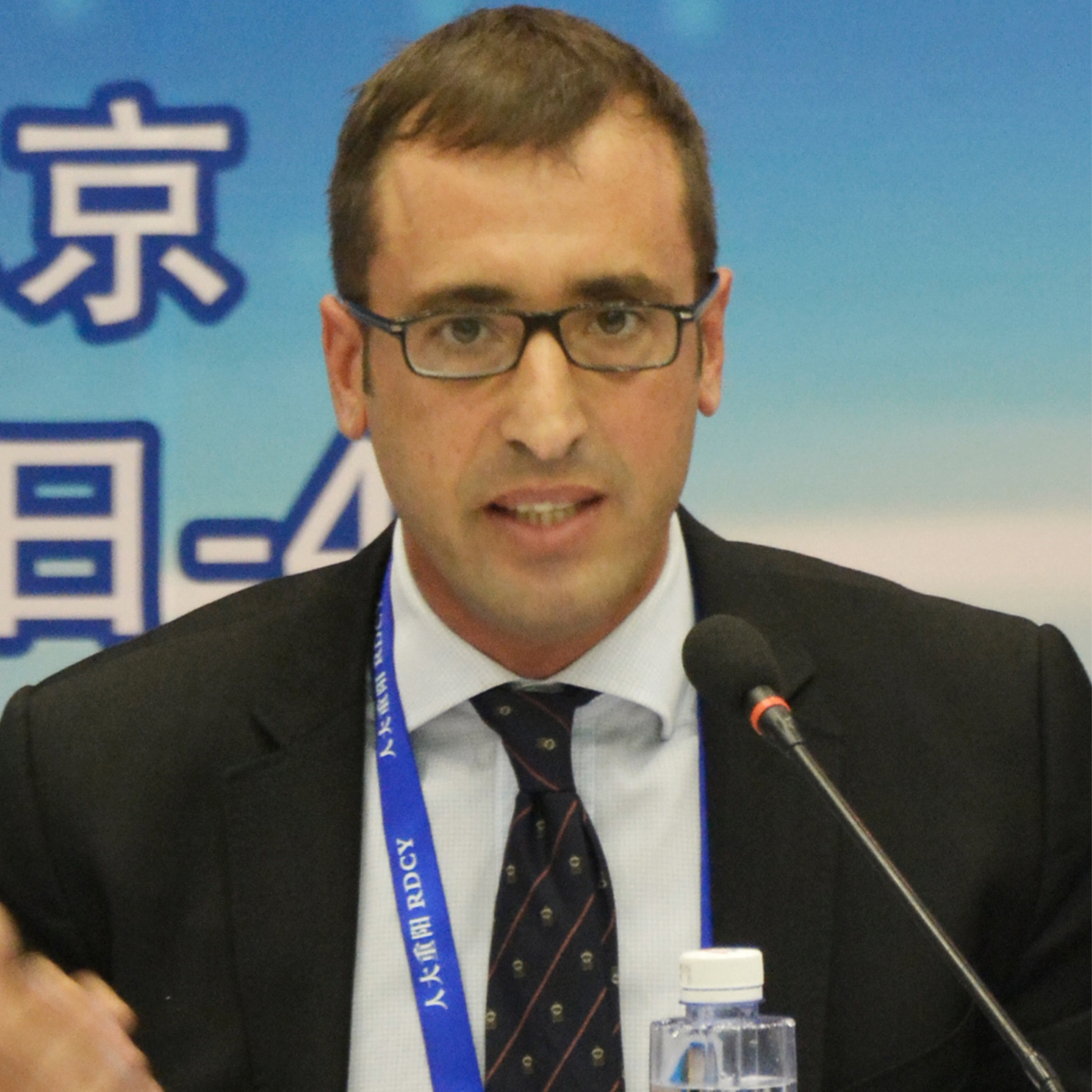

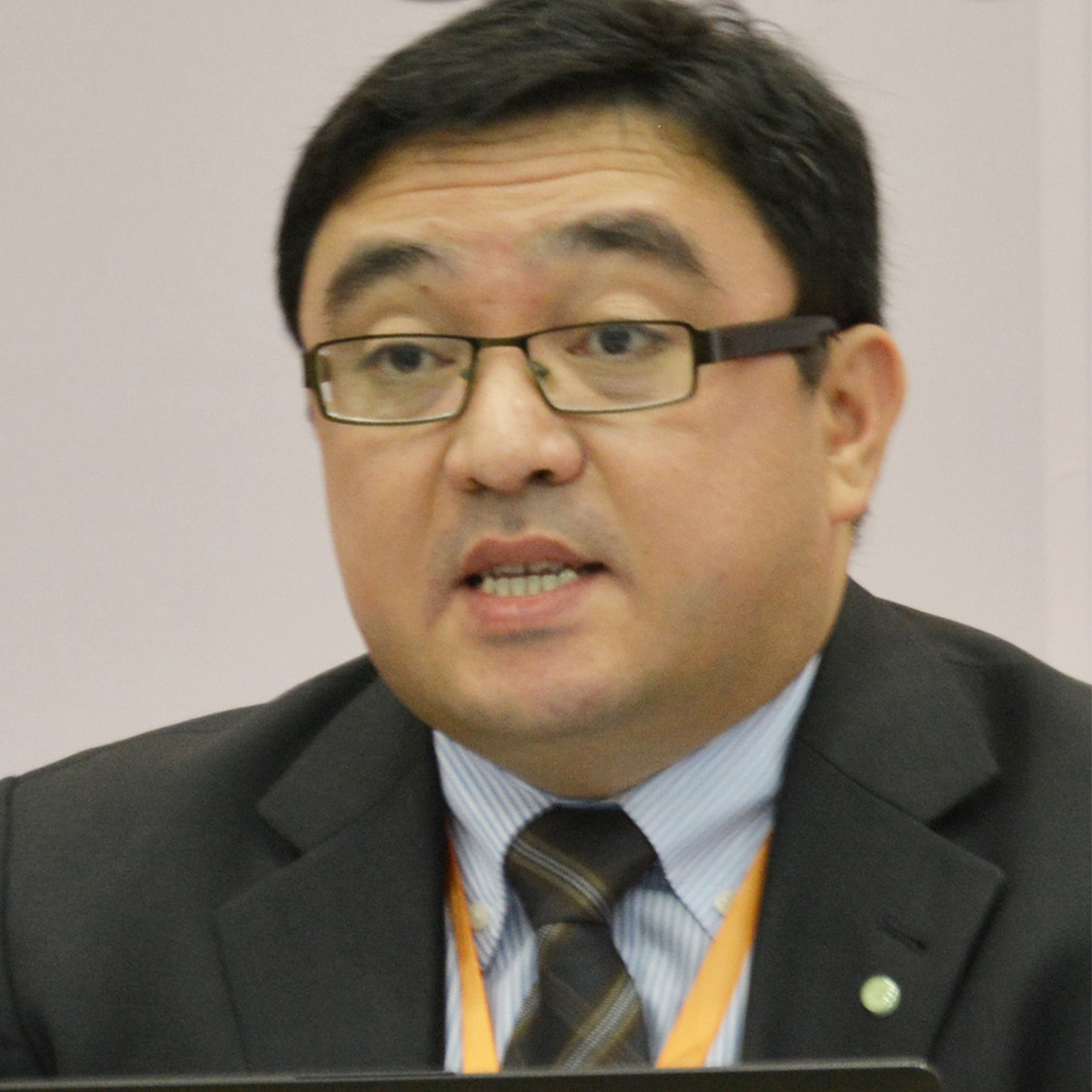
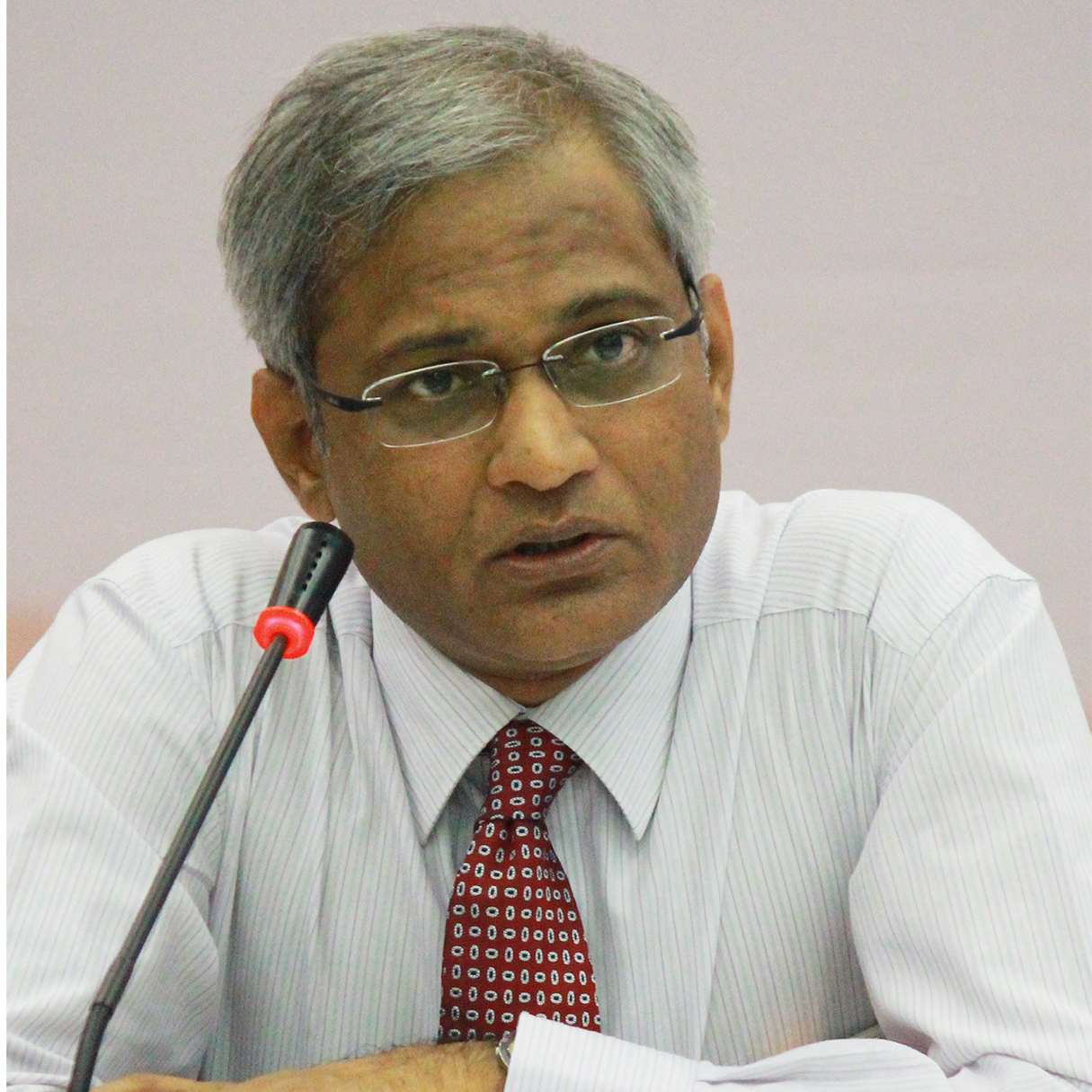








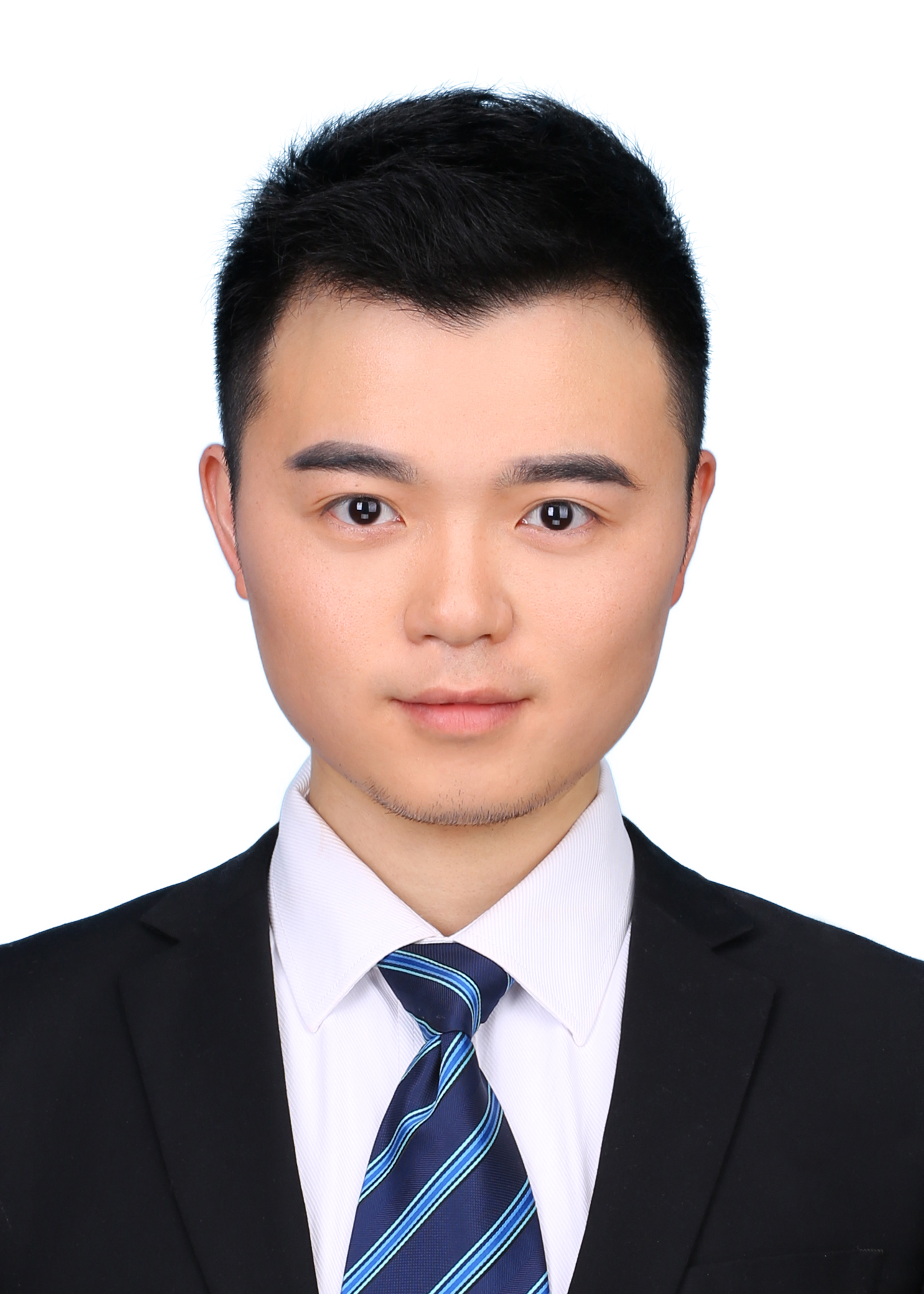

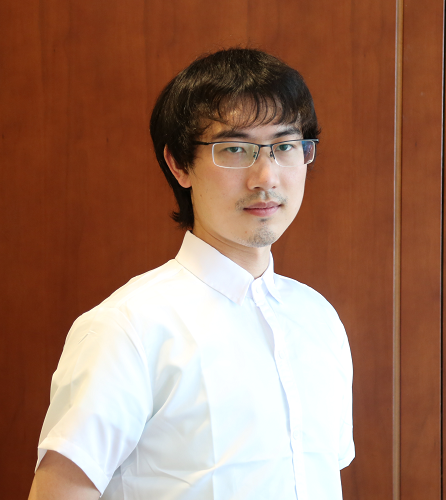





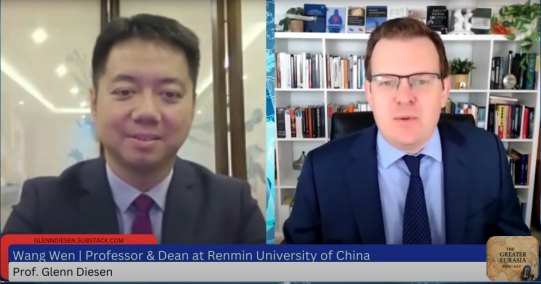
 京公网安备 11010802037854号
京公网安备 11010802037854号





